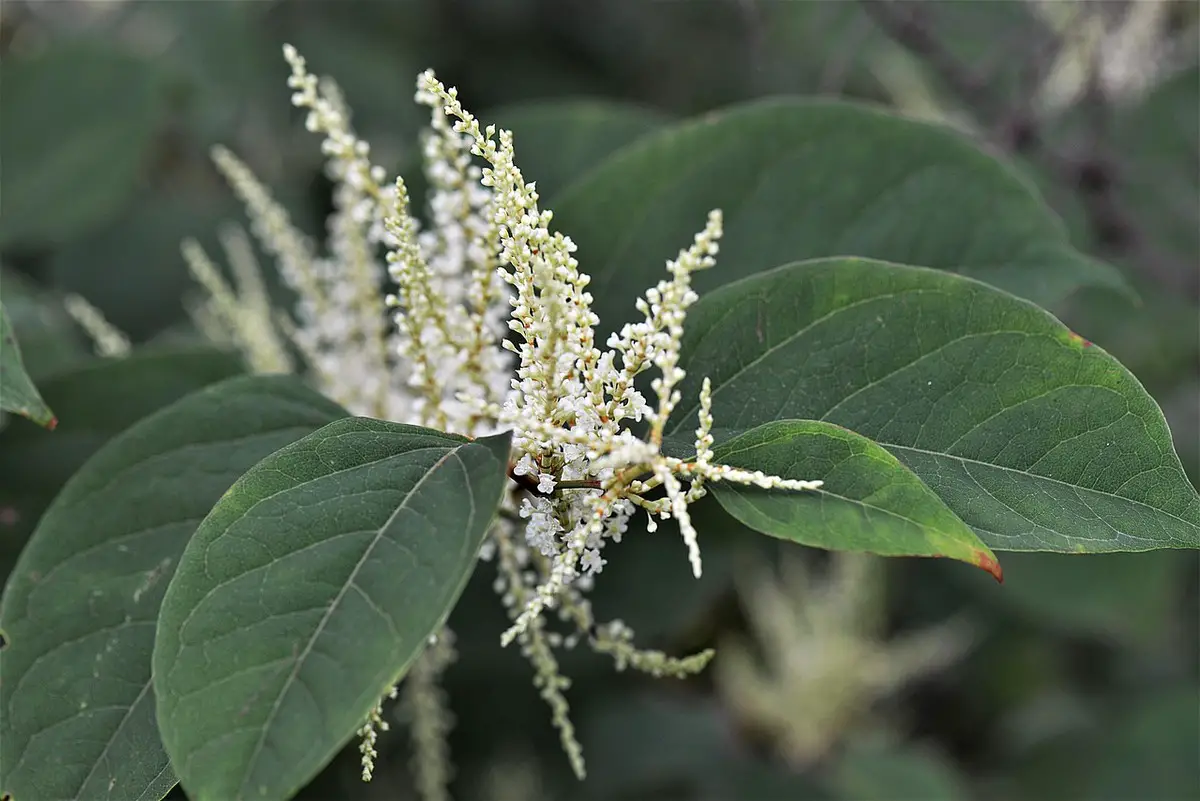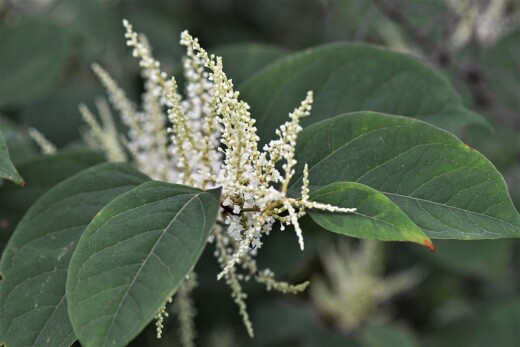Preventing knotweed from destroying architecture advice, Edinburgh Fallopia japonica removal advice, Lothian plant roots growth
Preventing Knotweed from Destroying Architecture: A Comprehensive Guide
24 October 2023
Knotweed, particularly the infamous Japanese knotweed (Fallopia japonica), has earned a reputation as a relentless invasive species that threatens not only natural ecosystems but also human-made structures. With its robust growth and deep-reaching roots, knotweed can penetrate cracks and weaknesses in buildings, roads, and other structures, causing significant damage over time.
Here’s a comprehensive guide on how to prevent knotweed from wreaking havoc on your architectural wonders in Edinburgh, Lothian, southeast Scotland.
1. Understand the Enemy
Before you can tackle knotweed, you need to understand its characteristics:
- Fast Growth: Knotweed can grow up to 10 cm a day in the right conditions.
- Deep Roots: The rhizomes(underground stems) can extend several meters deep and spread outwards up to 7 meters.
- Resilient: A tiny fragment of rhizome can give rise to a new plant, making it incredibly challenging to eradicate.
2. Early Detection is Key
Monitor your property regularly. Young shoots of knotweed are red/purple and can be spotted in spring. As they mature, they become bamboo-like with green and red stems. The earlier you detect and deal with knotweed, the easier and less costly the eradication process will be.
3. Physical Barriers
One method to protect your architecture is to install root barriers. These are usually made from a robust, impenetrable material and can be buried around the perimeter of the area you wish to protect. Remember, knotweed rhizomes can go deep, so ensure the barriers are at least 2 meters deep.
4. Chemical Control
Herbicides, particularly glyphosate-based ones, are effective against knotweed. However, due to their environmental impact, they should be used judiciously:
- Timing: Late summer and early autumn are ideal, as the plant is transporting nutrients to its rhizomes.
- Consistency: Multiple applications over several years might be required.
- Professional Help: Considering the resilience of knotweed and the environmental considerations of herbicides, it’s advisable to consult with professionals when choosing this method.
5. Biological Control
Research has been ongoing into the use of specific insects, like the Japanese knotweed psyllid, as a biological control method. However, this method is still in the experimental stages in many regions.
6. Excavation
For extreme infestations threatening architectural structures, excavation might be the solution. This involves digging up the affected area and removing all the rhizomes. Given the depth and spread of knotweed rhizomes, this method can be labor-intensive and costly.
7. Regular Monitoring
Even after you think you’ve eradicated knotweed, regular monitoring is crucial. Due to its ability to regrow from small rhizome fragments, there’s always a risk of recurrence.
8. Collaborate with Neighbors
If knotweed is present in neighboring properties, it can easily spread to yours. Collaborate with neighbors to adopt a coordinated approach to knotweed management.
9. Legal Considerations
In some regions, allowing Japanese knotweed to spread can lead to legal consequences, especially if it causes damage to neighboring properties. Stay informed about local regulations and seek legal counsel if necessary.
10. Preventative Landscaping
Choosing the right plants can help suppress knotweed growth. Native plants that compete for space and resources can act as a natural barrier. However, be cautious and monitor the area, as knotweed is notoriously aggressive. If you require help then talk to this Japanese knotweed removal Edinburgh, south east Scotland, UK.
Preventing knotweed from destroying architecture Conclusion
Knotweed is a formidable foe, but with early detection, consistent management, and a well-informed approach, it’s possible to protect our architectural treasures from its damaging grip. Like all invasive species, the key is understanding its biology and habits and taking proactive measures to curb its spread.
Comments for this guide to the Preventing knotweed from destroying architecture – combating invasive plant species advice article are welcome.
Property Development News
New Homes
Artisan Real Estate Sustainable Homes
Edinburgh Property Developments
Architecture Developments in the Central Belt – key recent properties featured on this website:
Springside Quarter Fountainbridge
Comments / photos for Preventing knotweed from destroying architecture guide – fighting invasive plant species page are welcome.





